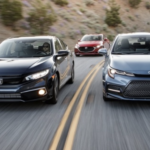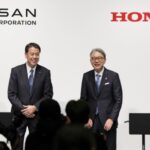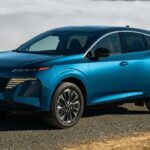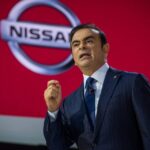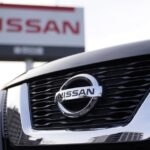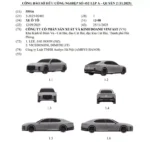Following the collapse of the Honda merger, Nissan seeks to cut costs by reducing headcount and improving production efficiency. The Japanese car brand is also in the process of searching for a new partner.
Recently, Honda and Nissan announced that the two companies have scrapped their merger plans after failing to agree on terms regarding their positions and benefits in the partnership. Facing the risk of a potential shutdown, Nissan is rushing to cut approximately $2.59 billion in operating costs for the 2026 fiscal year. The company stated that this goal will be achieved through headcount reduction and improved production efficiency.
About three-quarters of the 400 billion yen in savings will come from personnel cost cuts. The company announced that a plan to lay off up to 9,000 employees has been approved by the leadership. Consolidating production lines in Smyrna, Canton in the US, and Thailand alone has helped the Japanese brand save salary costs for 6,500 employees.
Other savings will come from shortening new car development time, rationalizing product portfolios, simplifying components, and addressing inefficiencies in the supply chain.
In addition to reducing operating costs, Nissan stated that it will partner with a financially strong entity to secure the long-term future of the brand. “It will be very difficult to survive without relying on partnerships in the future,” said Makoto Uchida, Nissan’s CEO, in an interview with Bloomberg.
Although Nissan and Honda had signed a memorandum of understanding for the merger, the deal quickly fell through as Honda wanted Nissan to become its subsidiary. Sources say Nissan is in talks with Foxconn to form a joint venture. Unlike Honda, the Taiwanese tech company is only interested in collaborating with Nissan, rather than acquiring the entire brand.
Thai Son (Tuoitrethudo)
Why Honda and Toyota Cars Always Hold Their Resale Value
In the used car market, Honda and Toyota models are perennial favorites due to their reliability and affordable pricing. But why do these brands command a higher price tag than their competitors in the pre-owned arena? CNBC recently delved into the reasons behind this phenomenon, shedding light on the enduring value proposition of Honda and Toyota vehicles.



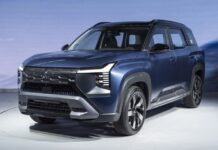

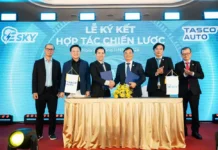



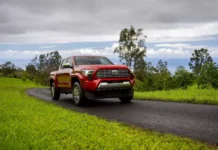
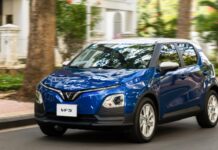
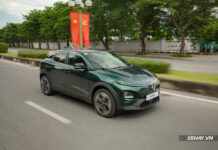
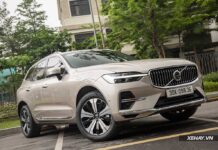












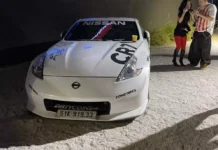

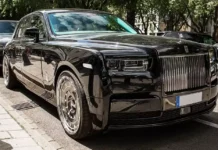
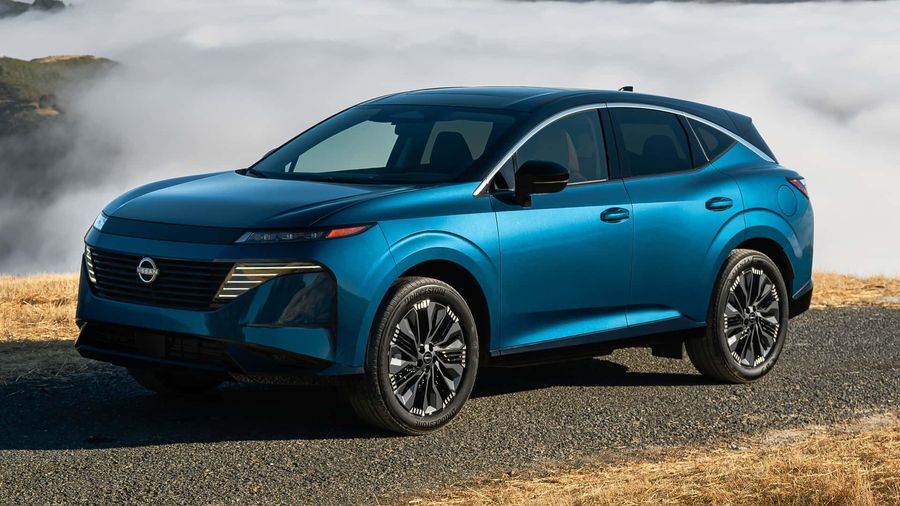
.jpg)
